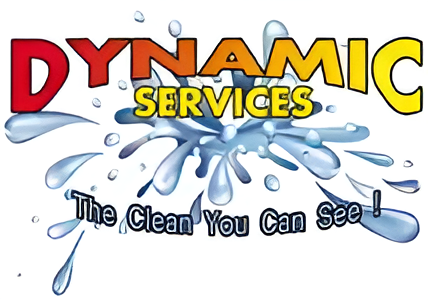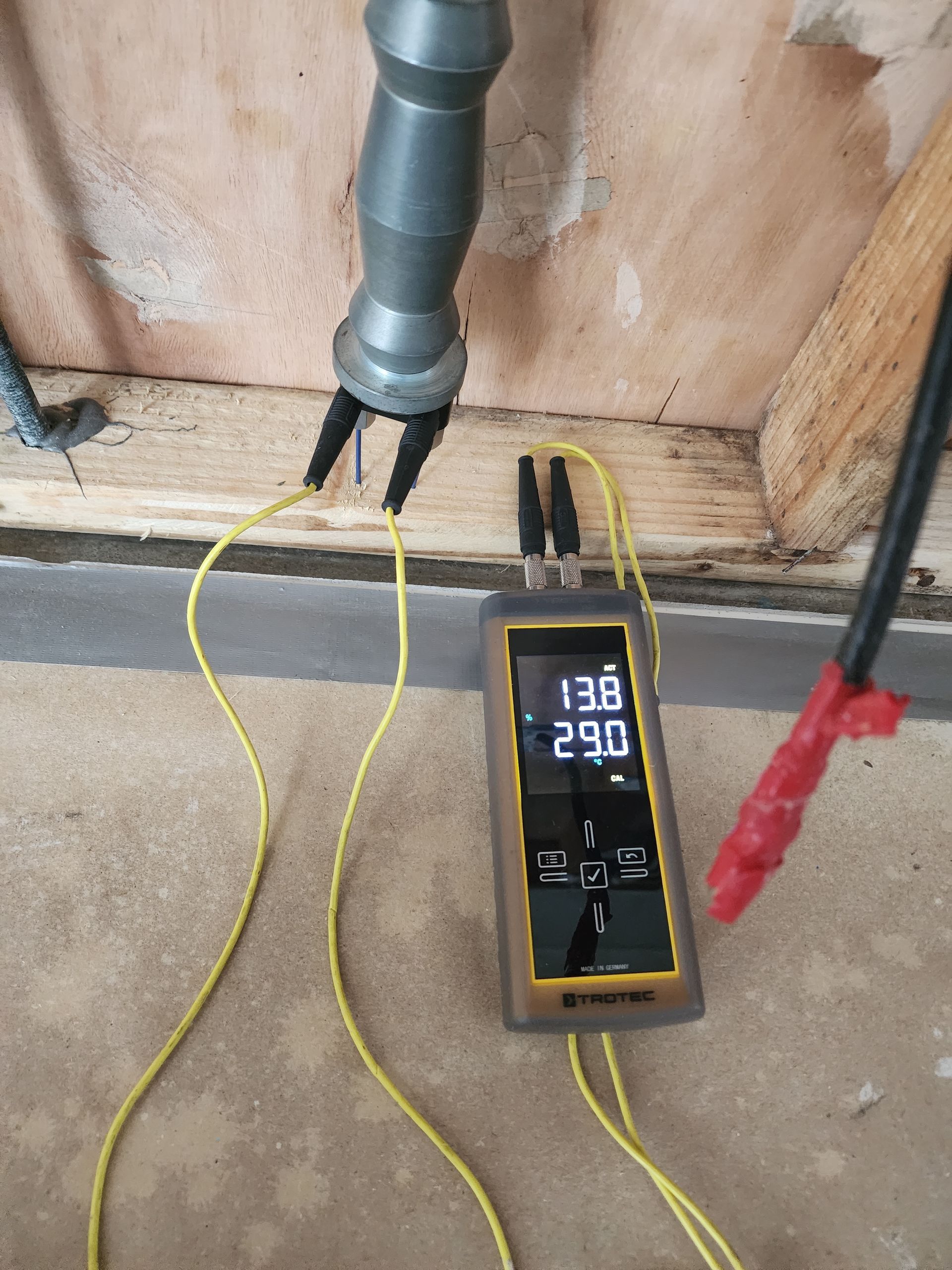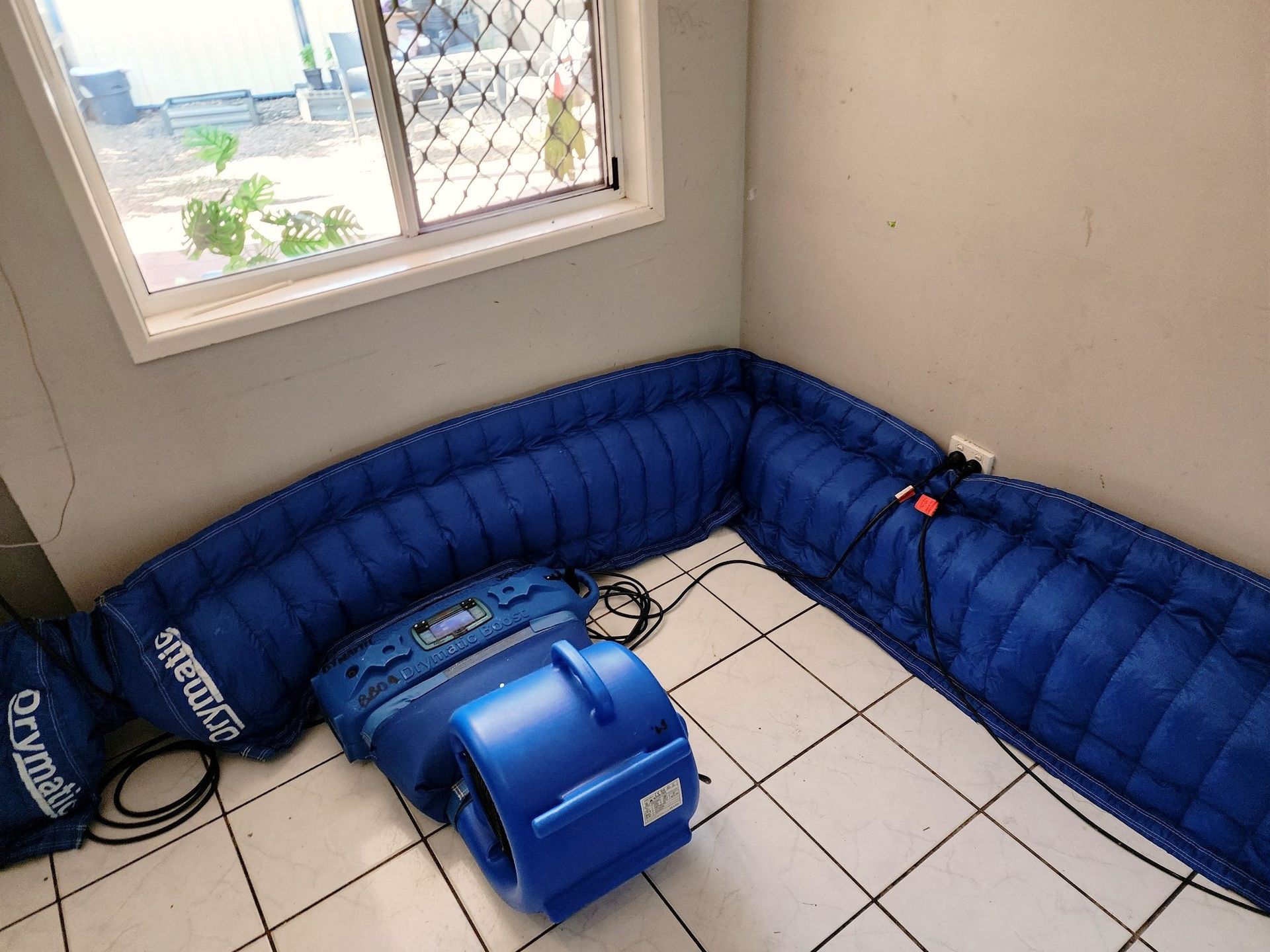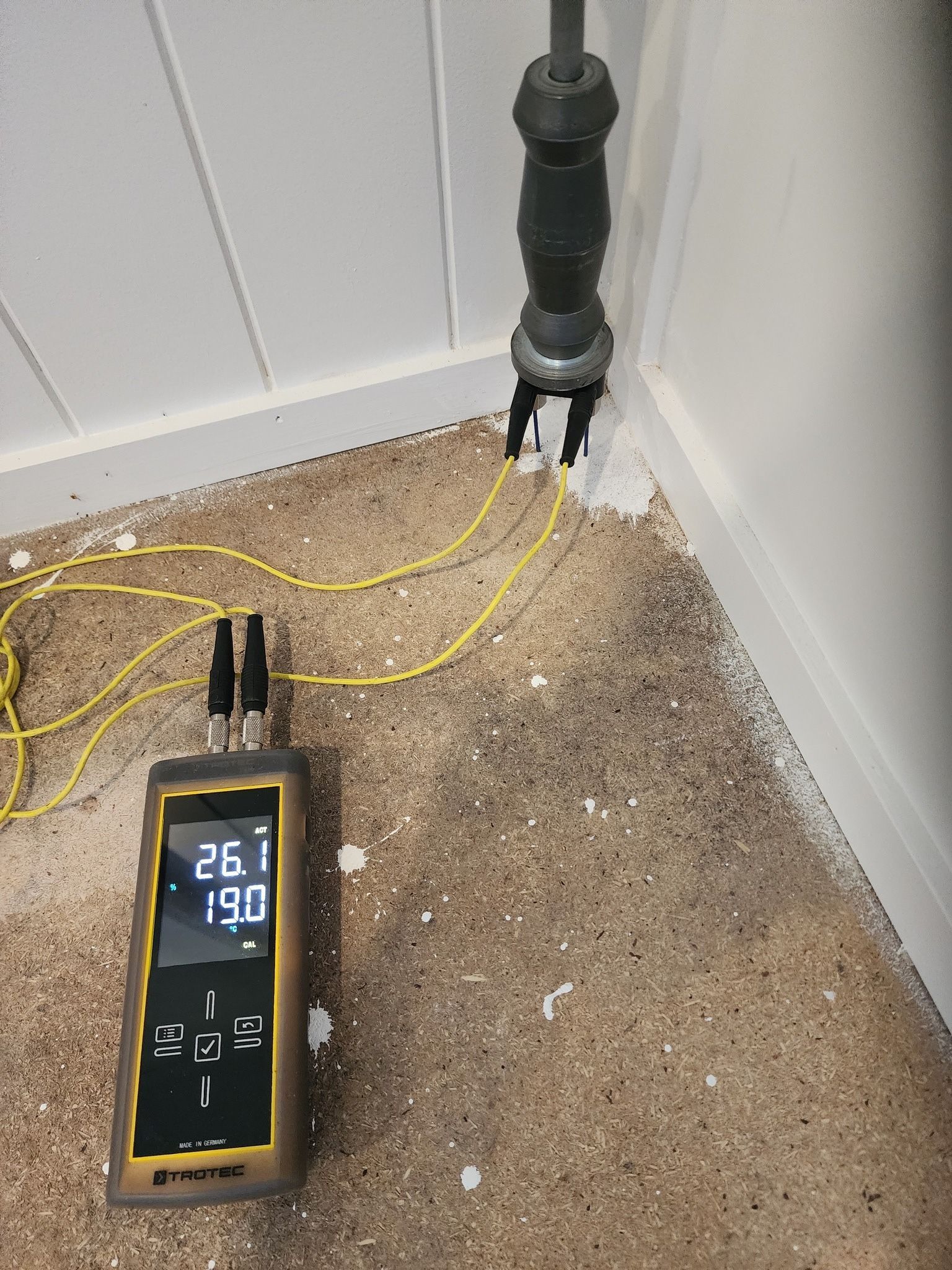AS / IICRC S500-Compliant Structural Drying
After water damage, surface drying alone is not enough. At Dynamic Services Rockhampton, we provide professional structural drying services that remove moisture trapped deep within walls, floors, subfloors, and internal cavities.
Following the AS/IICRC S500 Standard for Professional Water Damage Restoration, our methods restore your property safely while preventing mould growth, rot, and long-term structural issues.
We use world-class drying and monitoring equipment from leading manufacturers such as DBK, Hikmicro, and Trotec. By specialising in advanced heat drying techniques, we can expedite the drying process, reducing overall repair times and significantly lowering restoration costs.
Call Dynamic Services in Rockhampton on 0406 303 425 to arrange structural drying or a site assessment.
Experienced Technicians
Est. 2007
Cost-Effective
Why Choose Us?
All too often, inexperienced trades incorrectly test for moisture, failing to detect hidden problems and leaving liability in their wake. At Dynamic Services, we use calibrated instruments, proven methods, and industry protocols to ensure moisture is correctly identified, tracked, and verified.
Our service includes:
- Assessment & Planning – Moisture mapping and evaluation of affected materials.
- Heat & Targeted Drying – Accelerated moisture removal using specialised equipment.
- Daily Monitoring & Documentation – Recording psychrometric conditions and adjusting equipment as needed.
- Final Verification – Confirming safe moisture levels before equipment removal.
From residential to commercial and industrial projects, Dynamic Services delivers fast, safe, and standards-based drying solutions at any scale.
Call Dynamic Services Rockhampton today on 0406 303 425 to arrange a site assessment or professional structural drying service.
Frequently Asked Questions
What is structural drying?
Structural drying is the controlled removal of moisture from a building’s structure following water damage. It targets materials like timber framing, subfloors, plasterboard and insulation, which can absorb and retain water. Using industrial equipment such as air movers, dehumidifiers and moisture detection tools, technicians ensure affected areas are thoroughly dried. The process prevents mould growth, timber warping and long-term damage to the property. Structural drying is a critical step before restoration or repairs can begin. Working on damp materials can compromise their integrity and cause ongoing problems. It is used after leaks, storms, floods or plumbing issues.
Why is structural drying important after water damage?
When water penetrates walls, floors or ceilings, it does more than soak surfaces. It seeps into internal structures and holds moisture inside. If this moisture is not removed completely, it can cause rot, mould and hidden structural damage. Structural drying helps prevent these issues by removing deep moisture from affected materials. It protects the long-term stability of the property and reduces the risk of health hazards. Attempting repairs on wet surfaces can lead to serious future problems. A thorough drying process gives you confidence that the area is safe, stable and ready for repair or rebuilding.
Can I do structural drying myself?
Most household fans and heaters are not powerful enough to remove moisture from deep inside walls, floors or ceilings. While you might clean surface water, structural drying requires proper training, monitoring and industrial equipment. Without the right tools, hidden dampness can go unnoticed, leading to mould, odours and structural problems later. Professional technicians can detect moisture you may miss and adjust the process based on conditions. They also provide documented readings, which may be required for insurance. For thorough and safe drying, it is best to hire qualified professionals who understand how to protect your property.







